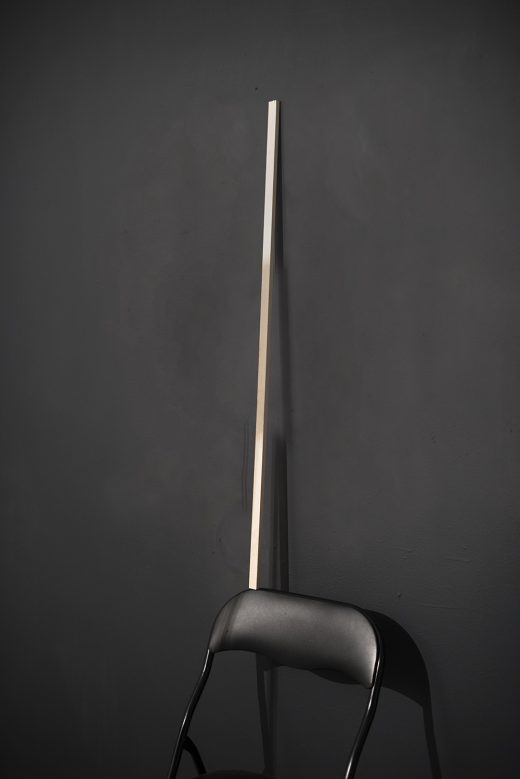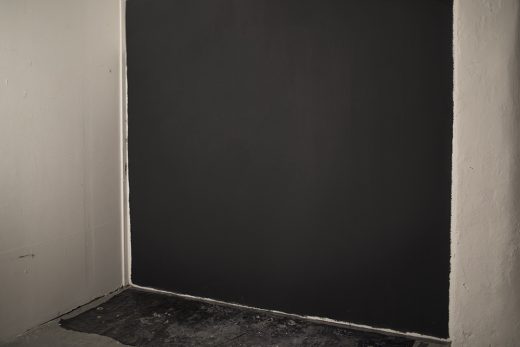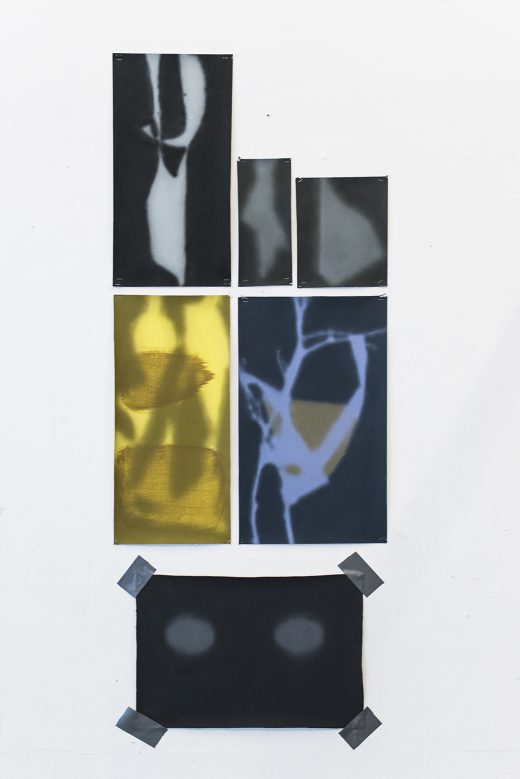Fading Shadows is based on the perception and relationship of shadow and light. It modifies shadows cast by physical objects as well as projected images, and either conceals or otherwise alters them by painting. The viewer’s physical presence acts together with the masked shadows, causing an unanticipated and perplexing shift in them. They seem to be suspended somewhere in between the background and the viewer’s own shadow, while shadows that were painted to seem imperceptible remain unnoticed and become visible again only by the viewer’s intervention. Despite the baffling effect, it is carried out by using ordinary paint, light and shadow and is based on simple phenomena of colour and light.
Images of a model for piercing shadows, at AiR Sandnes, Norway, 2016



